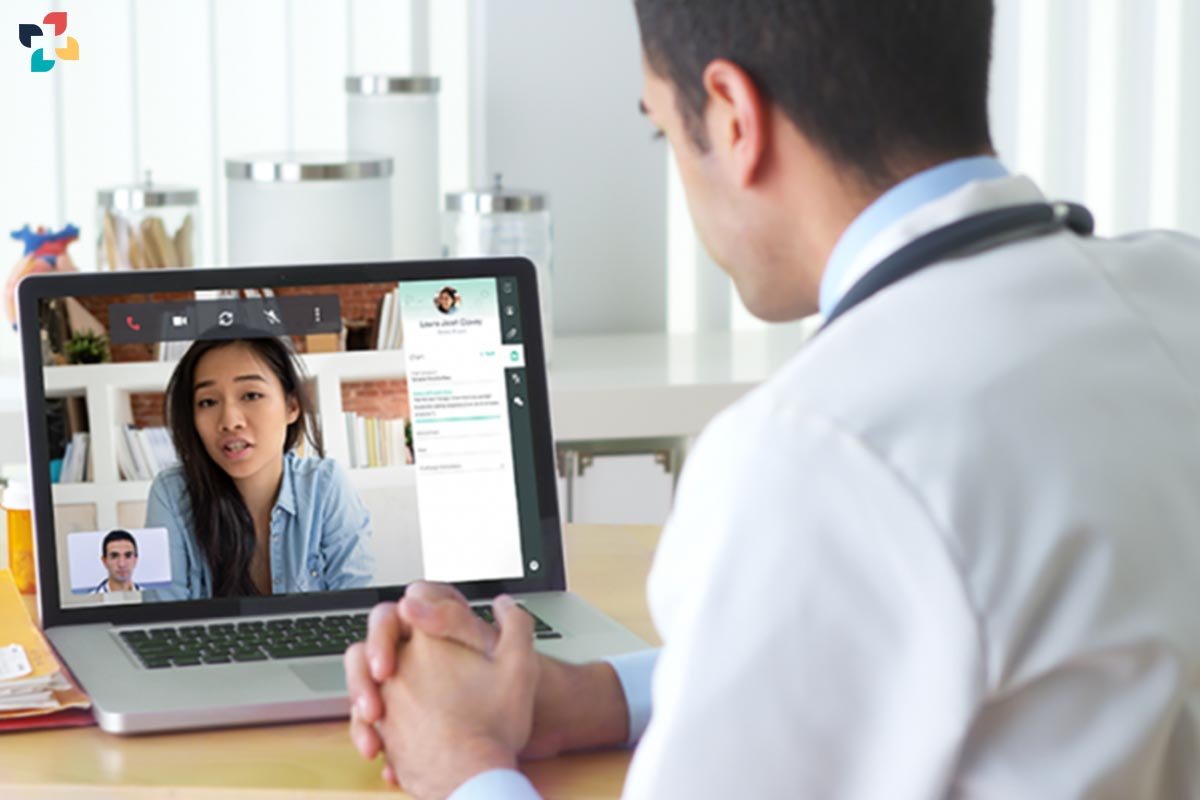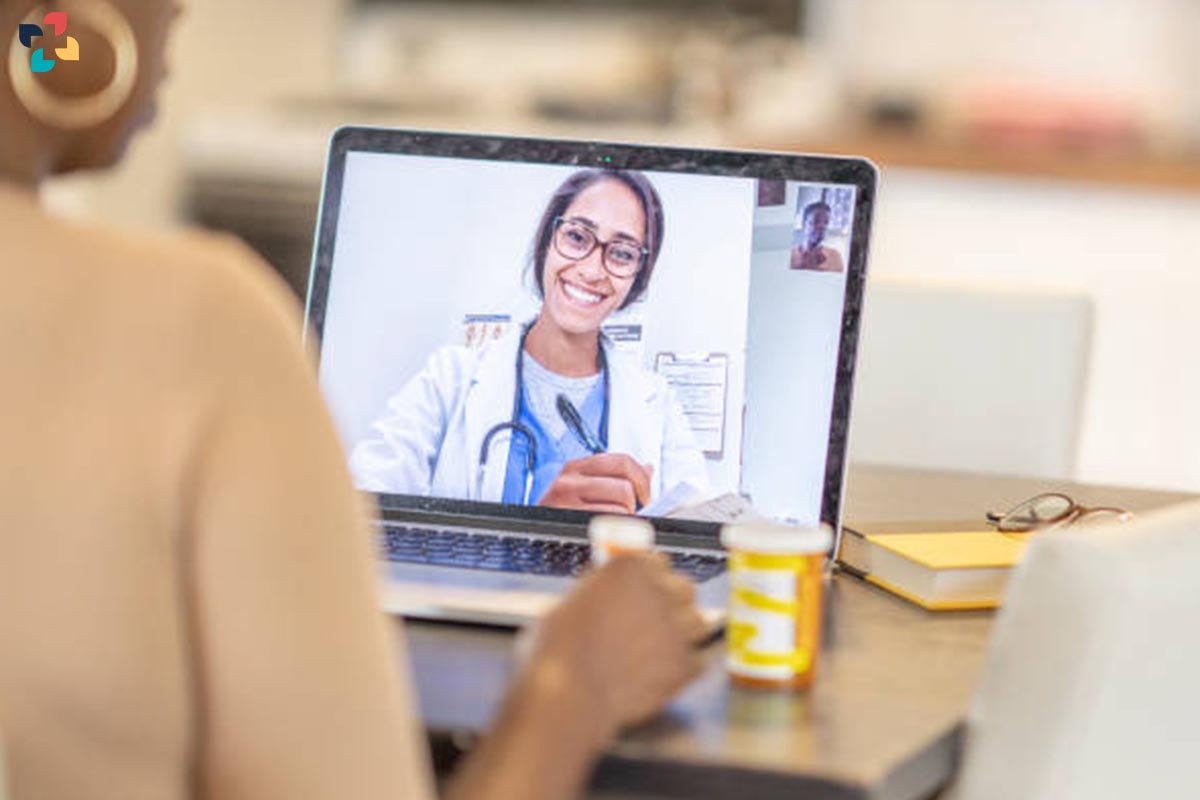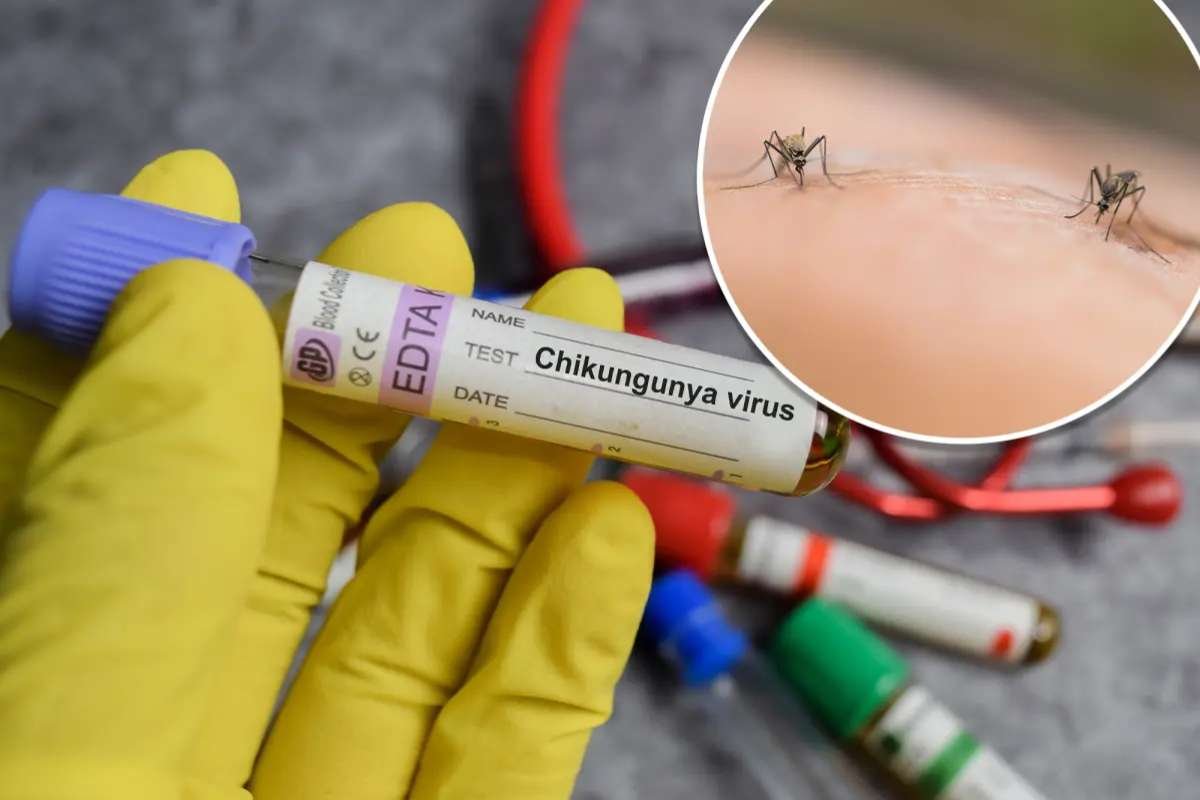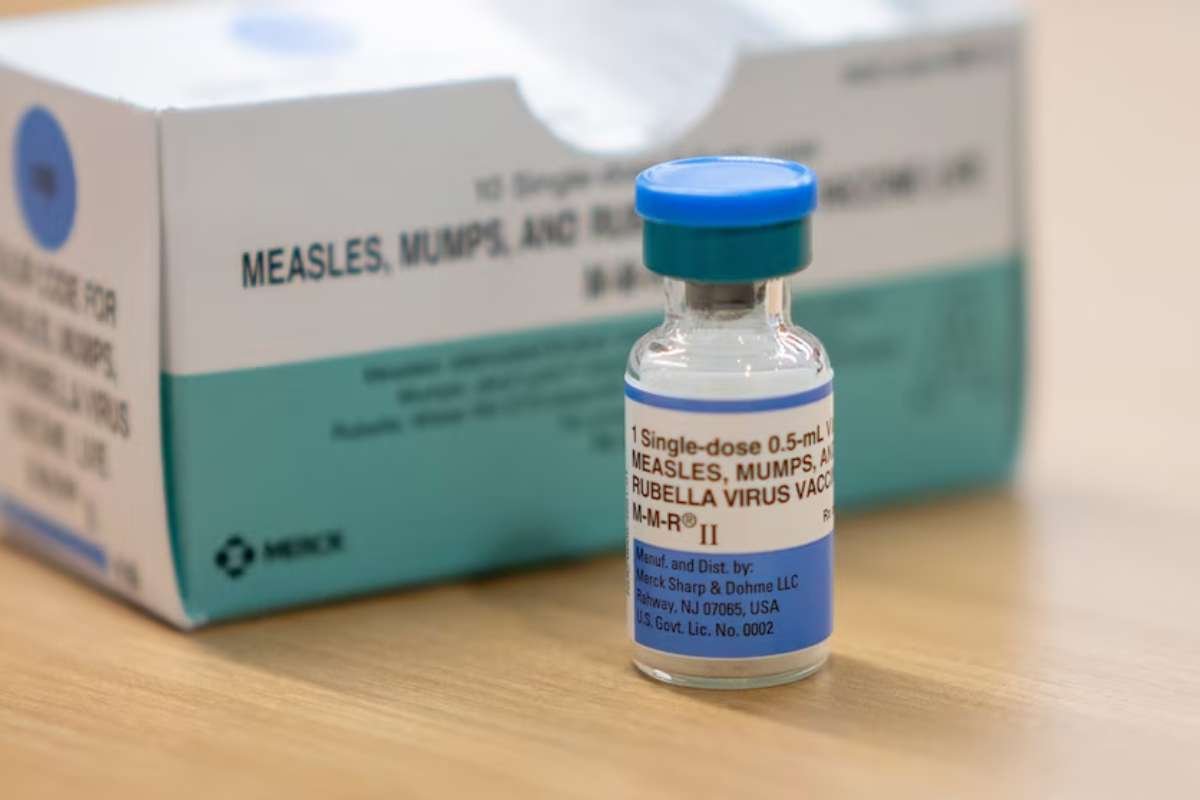The newly discovered Tele-Medicine Helped during the Pandemic coronavirus known as SARS-CoV-2 is a positive single-stranded RNA virus. It has the ability to be instantly translated and integrated into the host cell using its own RNA messenger, which helps to facilitate both replications inside the cell and infectiousness. The fast spread of the illness poses a significant problem for all of humanity anywhere on the planet. As the typical capacity for providing care to citizens is surpassed, both medical personnel and government agencies face increasing challenges.
Tele-Medicine Helped during the Pandemic and provide support to the healthcare systems, particularly in the areas of public health, prevention, and clinical practices, just as it is doing in other sectors. One of the most important strategies to reduce and mitigate the advance of the epidemic is social distance measures. These measures are one of the most important strategies to reduce and mitigate the advance of the epidemic.

Tele-Medicine Helped during the Pandemic, not only did the COVID-19 epidemic disrupt people’s day-to-day lives, but it also caused research and treatment initiatives worldwide to be thrown into disarray. It was no longer possible for researchers who were involved in clinical trials to get together in order to discuss study strategies, recruit patients by traveling out into the community or perform in-person evaluations or therapies.
People were unable to see their primary care physicians for new or ongoing conditions and obtain in-person treatment, and those individuals who were taking part in clinical trials were prevented from attending their regularly scheduled study sessions. Even getting to and from scheduled appointments proved difficult in certain instances.
Here is How Tele-Medicine Helped during the Pandemic;
Tele-Medicine Helped during the Pandemic Through the use of the Internet and other connected technologies, telemedicine brings together the advantages of portability, affordability, and immediate availability of health-related information and communication.
Tele-Medicine Helped during the Pandemic, telemedicine has been the first line of defense that doctors have used to slow the spread of the virus. This has been accomplished by maintaining social distancing and providing services via phone or videoconferencing for mild-to-focus personal care and limited supplies to the most urgent cases.
Although telemedicine has a significant amount of potential to play a role in the delivery of therapy during the COVID-19 pandemic, earlier technologies provide means to provide care remotely that are both quick and simple to use. For instance, research on psychotherapy administered over the telephone has shown no reduction in efficacy when compared to therapy done face-to-face.
Furthermore, research has indicated that telephonic treatment has an edge when it comes to completion rates. The use of computer-assisted cognitive-behavioral therapy (CCBT) for the treatment of depression has been shown to be successful, according to meta-analyses.
Tele-Medicine clinician assistance may be offered through telemedicine, the telephone, and/or email; this offers a helpful option. CCBT programs have been investigated in a greater number of randomized controlled trials and with a much higher level of rigor than mobile applications for behavioral health.

However, there are a number of apps that have been developed by reputable sources such as the Department of Defense in the United States of America and researchers based in universities that are showing promise in clinical use and could assist patients in managing their anxiety and stress in relation to the COVID-19 outbreak.
In addition, Community members who are experiencing symptoms are able to consult with an online clinic using services provided by the clinic. On the internet, specialists carried out preliminary examinations of patients and offered recommendations to either keep the patient at home or take them to the hospital.
Tele-Medicine Helped during the Pandemic after patients arrived at the fever clinic at the hospital, professionals evaluated them to identify whether or not they were possible cases of COVID-19. After this first assessment, a specialist carried out a remote consultation in order to get further information on the severity of COVID-19.







